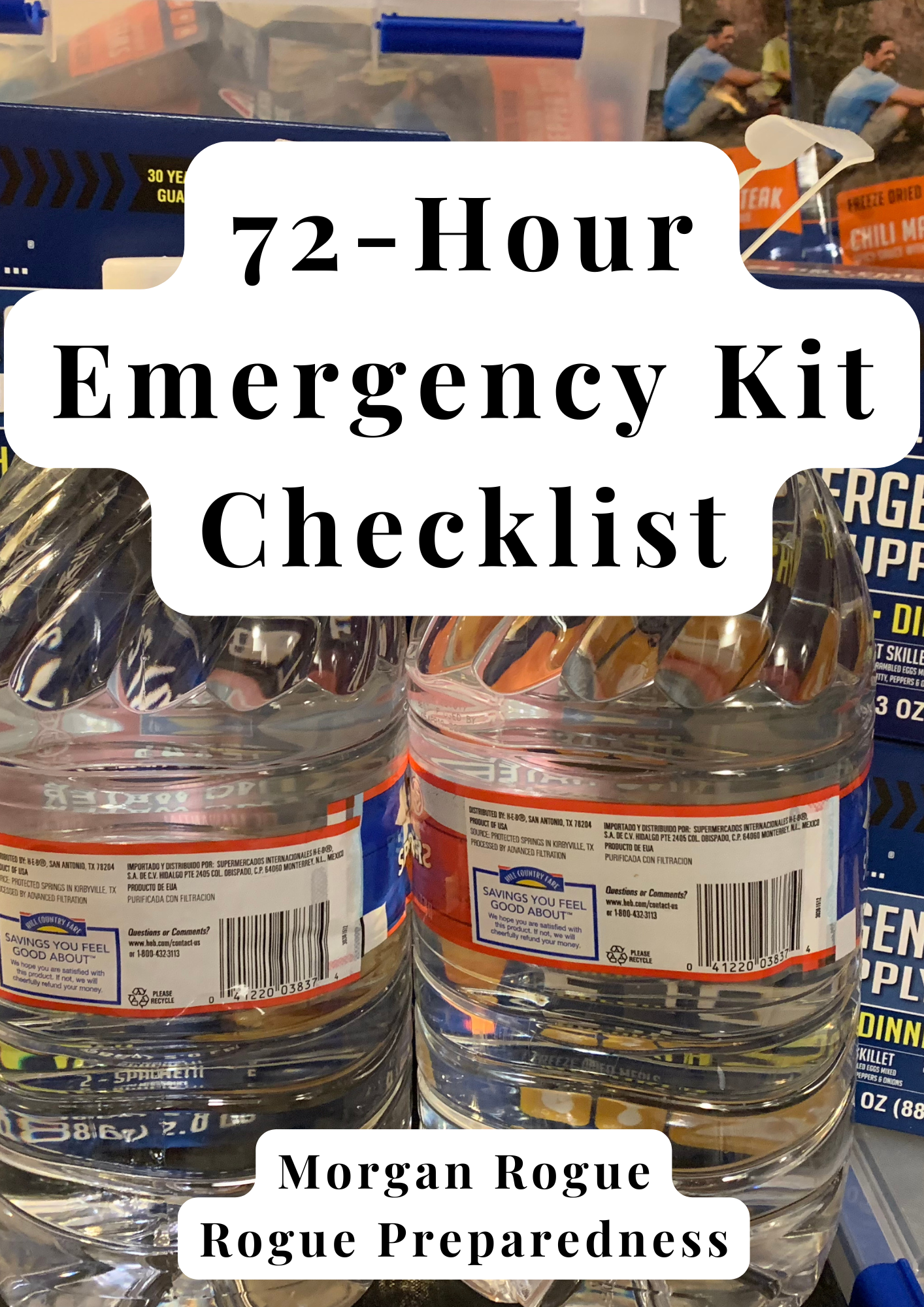Bug Out
How to Make an Emergency Disaster Plan
Whenever we talk about bugging out or bug out bags, people are immediately resistant. “I don’t have anywhere to bug out to”, “Why would I bug out if all my stuff is here”,
1. Start with the Basics
- Title your plan: “[Family Name] Emergency Disaster Plan”
- Include:
- Names of all household members
- Emergency contacts (name, number, relationship)
- Address, medical info, insurance info (if appropriate)
- Mention if you have pets and who is responsible for them
2. Communication Plan
- During a disaster, cell towers might be down or with heavy traffic that slows down reception.
- Choose an out-of-area emergency contact (can be a relative/friend)
- Make sure each family member knows how to:
- Text (texts often go through when calls don’t)
- Use radios/walkie-talkies (if applicable)
- Create a “Who to Contact First” list
- Decide on:
- Where to meet if separated
- How long to wait before trying to reconnect
- Include printed emergency numbers (don’t rely on your phone)
3. Bug-In Plan (Sheltering at Home)
- Identify what disasters are most likely in your area (hurricane, winter storm, earthquake, etc.)
- Plan for at least 2 weeks of self-reliance
- Cover:
- Where supplies are stored (food, water, medicine)
- How to stay warm or cool
- Lighting, cooking, and sanitation options
- Assign roles:
- Who checks on neighbors/relatives/friends? (if applicable)
- Who cares for pets?
- Who handles security?
- Practice staying home without power for 24 hrs as a test run
4. Bug-Out Plan (Evacuating)
- When to bug out vs. stay home
- Decide:
- Bug out locations (1 local, 1 out-of-town, 1 out-of-state)
- Primary and secondary evacuation routes
- How to get there if roads are closed/blocked
- Plan for:
- Transportation (gas in the car, alternate transport)
- What to grab (pre-packed bug out bags, documents, pets, defense)
- Include a checklist:
- Grab bags, ID, medications, chargers, water, maps
- Add meeting points if family is separated
5. Emergency Documents
- Store physical and digital copies of:
- IDs, insurance, deeds/titles, prescriptions, important contacts
- Keep copies:
- In a fireproof/waterproof folder at home
- In your go-bag
- With your out-of-area contact (or cloud storage or USB drive)
6. Maps & Local Info
- Include local maps with:
- Evacuation routes
- Shelters or rally points
- Alternate paths around bridges/highways
- Know:
- Where your gas shut-off, water shut-off, and main breaker are
- Nearby resources (hospitals, fire stations, supply stores)
7. Family/Household Discussion
- Sit down and review the plan with everyone
- Walk through scenarios together:
- What to do if Mom isn’t home
- What to do if the phone lines are down
- Make sure:
- Everyone knows the meeting spots
- Everyone knows their role (kids included!)
- Practice drills every few months
8. Store the Plan
- Keep copies:
- In a known, accessible spot at home
- In each bug out bag
- Digitally stored (USB drive or secure cloud folder)
- Optional: print wallet-sized mini versions with key info
9. Review & Update
- Set a reminder to review your plan:
- Every 6 months or after a major life change
- Update:
- Contact numbers
- Medical info
- Routes (construction or closures)
- Gear and supply expiration dates


